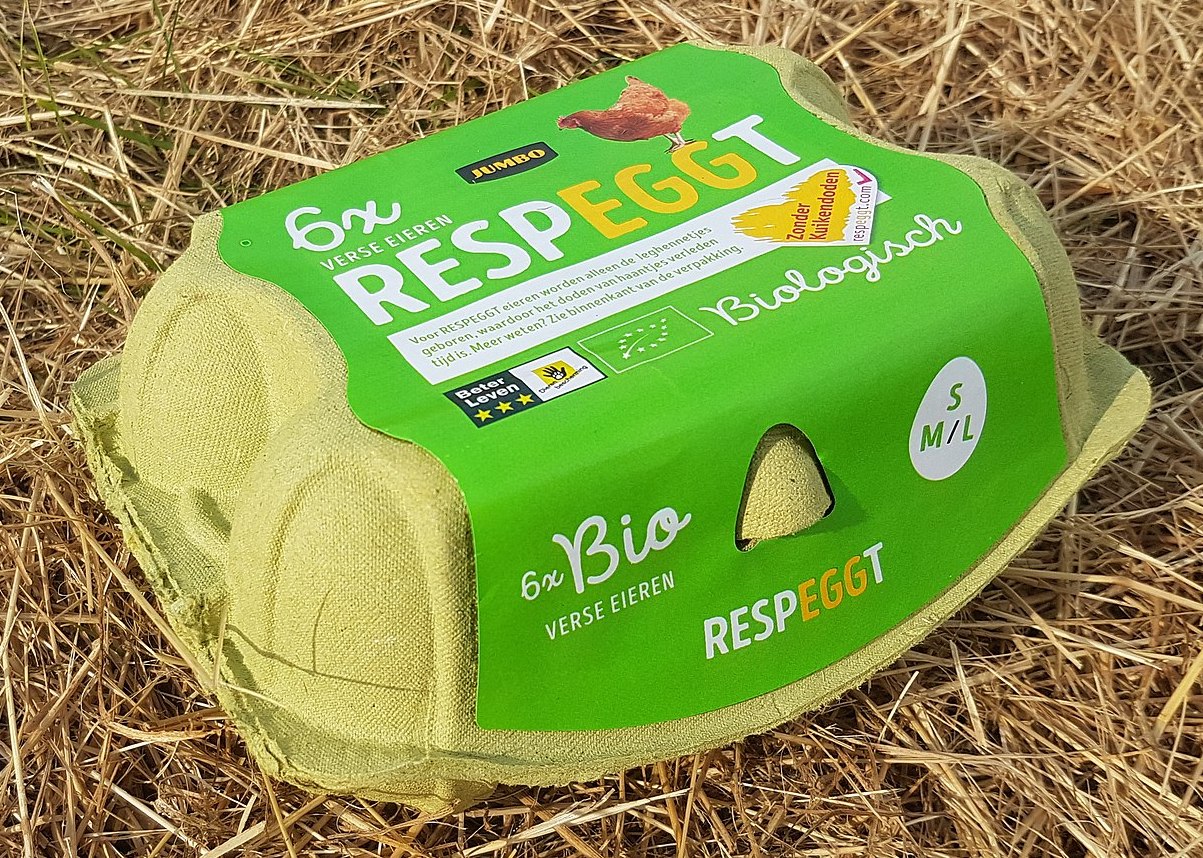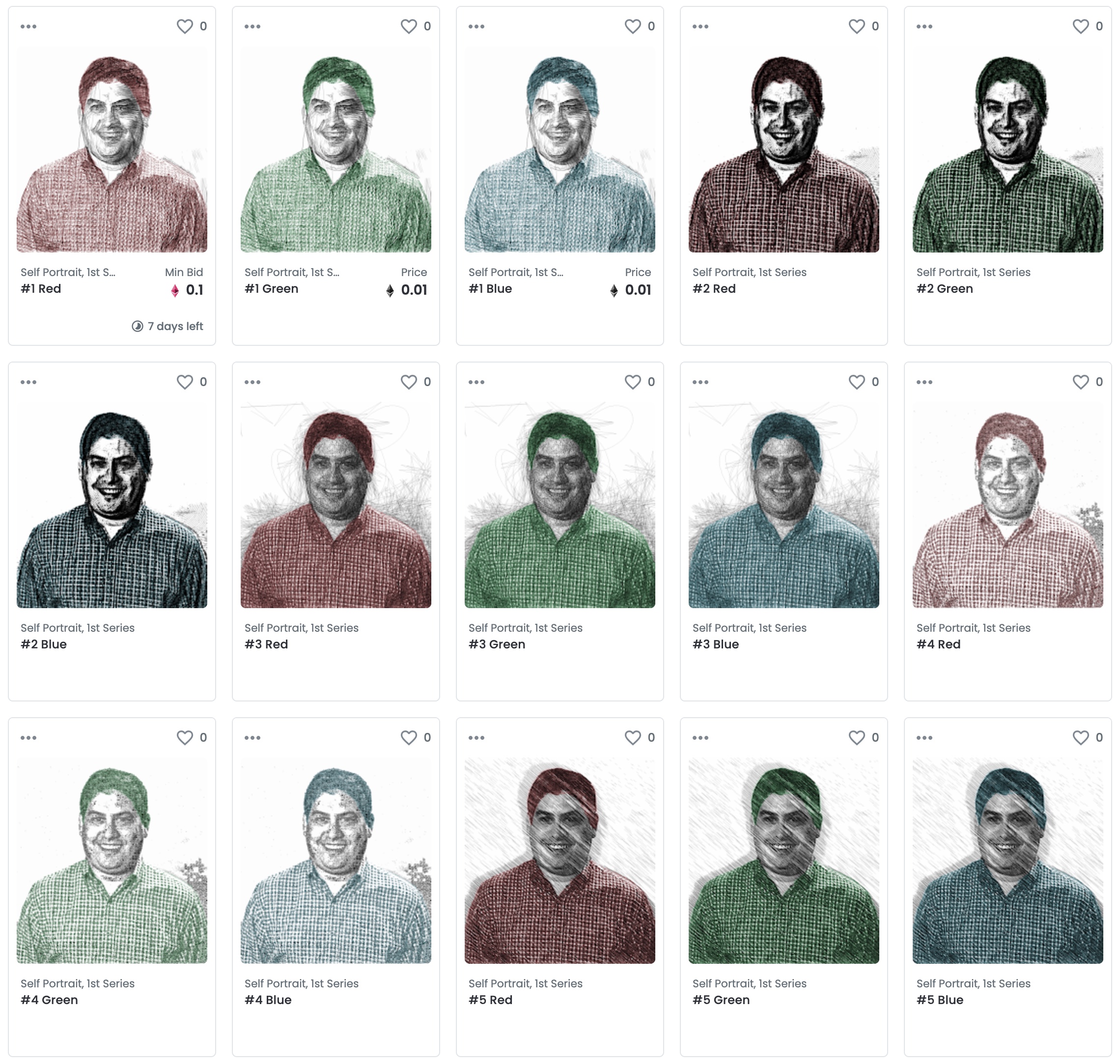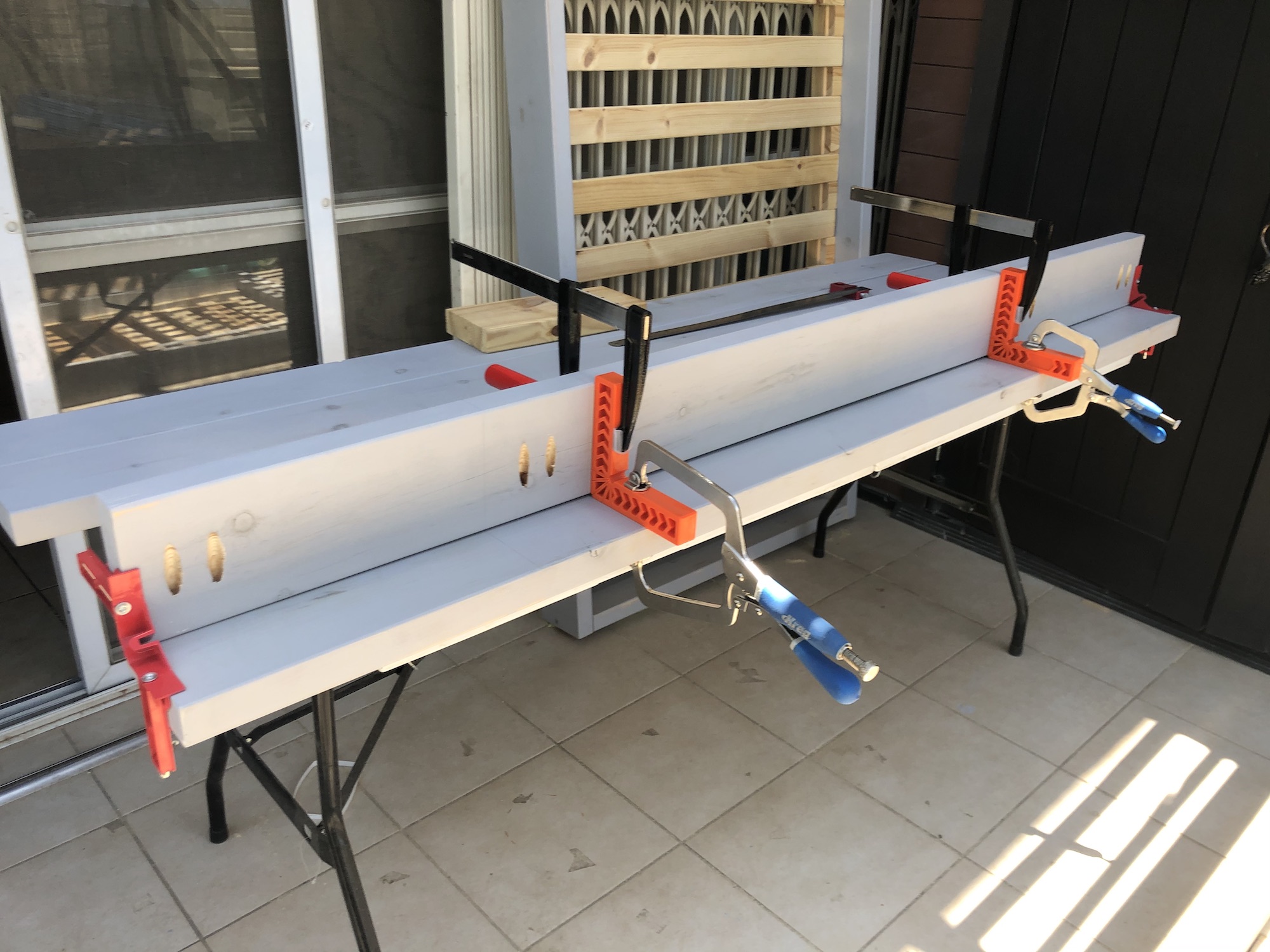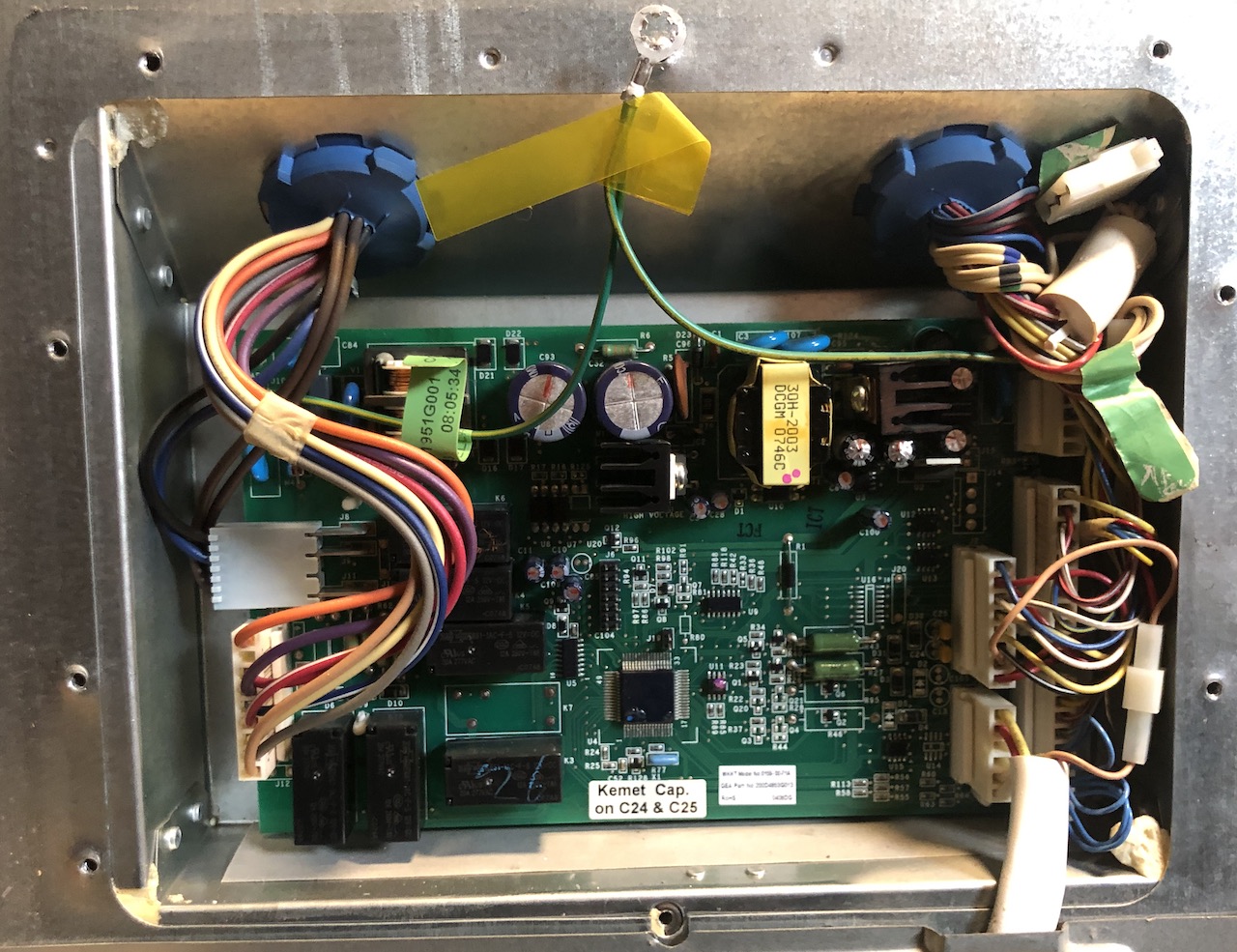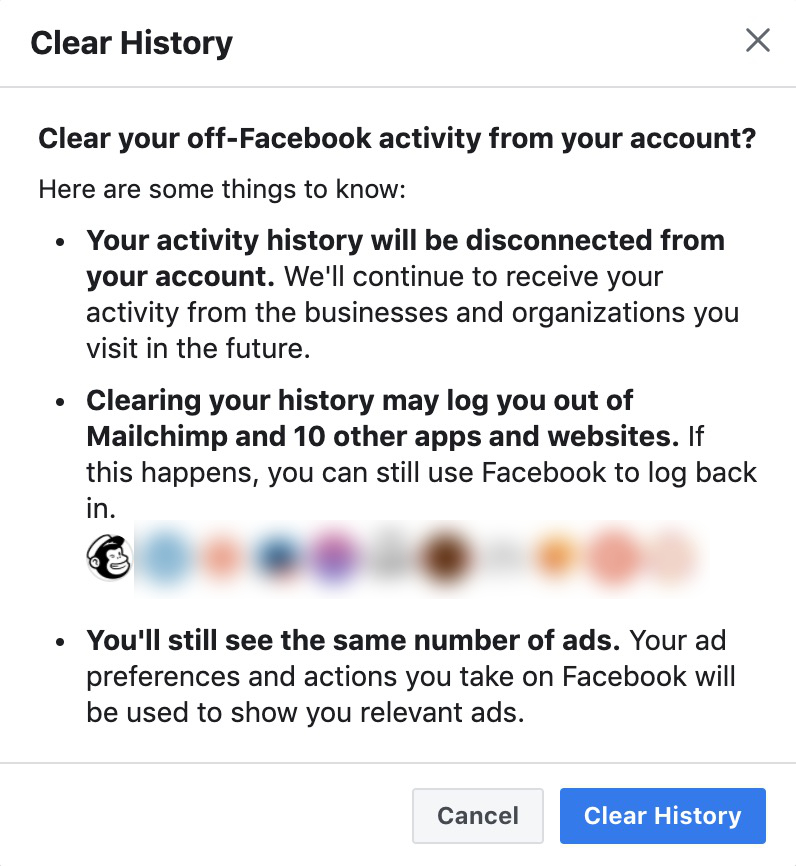The dirty little secret of global egg production
Eggs are an indispensable part of the global food market. Not just for that omelette you had for breakfast, eggs have many roles in baking, cosmetics, and in the production of medicines and vaccines. Somewhere north of 1.5 trillion eggs are produced each year. There are many varieties of chickens out there, but the eggs you buy in the store come from very specific breeds. What's most important to understand is the separation between broiler and layer breeds. Broilers are chickens raised to be sold for their meat. They grow quickly with less feed, and have more meat on them than layers. Layers are smaller chickens that are bred to produce large numbers of eggs. They do not grow as quickly and don't have a lot of meat on them, but they do produce more eggs with less feed. Note that in both cases, the breeds are geared towards the highest efficiency for their purpose. Newborn chicks (Wikimedia) Only about half a percent of all eggs produced worldwide go towards producing new layer chickens. That's about 8 billion eggs per year. The dirty little secret that farmers don't want to talk about, is that less than half of those eggs…
Experimenting with NFTs
I'm running some experiments with NFTs, to try out different services, software, and blockchains, to see how they compare when generating NFTs and making them available online. As a first experiment, I've created 15 NFTs on the Ethereum blockchain, using OpenSea. The 15 images comprise 5 self portrait versions in 3 different color schemes (RGB). Here is what they look like on OpenSea: Self Portrait, 1st Series - NFTs on OpenSea To see them on OpenSea, go to Self Portraits, 1st Series. As I'm publishing this, I've only put the first three (#1 in three colors) up for sale. The first is an auction I don't expect to hit the minimum bit price (because I couldn't set it below 1 ETH) and the other two are currently priced at .01 ETH. We'll see what happens with this as I continue to tinker with them, and add more to other blockchains. What are your thoughts on NFTs? Update: I've added Self Portrait, 2nd Series to OpenSea, but these are on the Polygon network. These are similar, but distinct images: Self Portrait, 2nd Series - NFTs on OpenSea To collect the different NFTs I'm going to be experimenting with, I've set up…
Woodworking to take up COVID-19 time
It's been an interesting few months. Lots of time at home. In trying to fill my time, I started working on several woodworking projects. Built a shoe rack for myself, a bookshelf/dollhouse for my kids, and most recently I went out of my comfort zone to build something I had no experience building, using materials I had never used before. https://www.instagram.com/p/CAkmN2MgFmq/ My wife sent me a picture from Pinterest of a bunk bed that divided a bedroom in two. It was designed for two girls that shared a room. One girl entered from one side into the bottom bunk, and the other girl entered the top from the other side. Each bunk had a wall that blocked access/view of the other girls' side. That particular bed was connected to the ceiling and was able to float the top bed without any legs on one side (one side was held up by the wall, the other by the ceiling). I didn't think that would work with our ceiling, so I set out to design something similar, but without connecting to the ceiling. 3D model of bunk bed that splits the room in half I'd love to say I came up with…
Right to repair is important, but we should be designing for repair instead
We live in a world today that more and more items we buy are either intended to be disposable, or we are culturally influenced to make them disposable. In years past it was much more common to get your shoes repaired instead of buying new ones. When was the last time you went to a cobbler? I suspect many people wouldn't even know where to find one. Readers of a certain age are probably looking up the definition of cobbler (hint: not the pie). We buy electronics that work for a couple of years and then get tossed, sometimes ending up in African e-waste dumps, where at the risk to their health locals strip the electronics of precious metals, and burn insulated wires to get to the copper inside, released toxic fumes. Just think how many charging cables you've thrown out because they were worn out or just simply stopped working. Burning sheathed cables to recover copper at the Agbogbloshie e-waste landfill near the center of Accra, Ghana's capital city (Wikimedia Commons) Just this week the European Parliament voted to have the EU Commission establish a single charger standard (i.e. not Apple's Lightning) for all mobile devices. One argument they…
The Internet never forgets
Recently Facebook released a tool called Off-Facebook Activity, which allows you to review and remove data collected by Facebook from other sites. Facebook of course uses this information to help tailor personalized advertising. That's the most generous explanation of the purpose of this data. Facebook has of course been criticized in the past for its use of user data, and it lax controls over that data. The Cambridge Analytica scandal being the most famous example. Facebook has had ways for you to look at the data from its own site, which it rightly calls your information (facebook.com/your_information/). You can download your data, although there doesn't seem to be a way to delete things like your search history. Oddly enough there is a category called Search History, although it doesn't really show you your search history as much as all of your activity (which pages you liked, which posts you commented on, etc.): Google has for some years allowed users to manage their browsing data and other related private information (through the My Activity tool), including the deletion of your entire history. Not the most user-friendly tool, there are many different things you would need to turn off to get Google…
UX Note: Returning a luggage cart shouldn’t be so hard
Recently I picked up my wife at the airport. She arrived with her bags on a luggage cart, as is common in airports across the world. This airport, Ben Gurion Airport outside of Tel Aviv, was famous for years for being one of the only major airports that made luggage carts available for free. That changed not so long ago, and like other airports you need to rent the carts. That, in and of itself, isn't that big of a deal. Even renting the cart isn't a big deal. Returning it, on the other hand, is a user experience disaster. In all the airports I've rented carts from, you pay for the cart (sometimes with cash, sometimes with a credit card), use the cart to move your bags, and then you either return the cart to a luggage cart station, or you leave it at the curb and someone would come collect it. In the US it was once common to get a small amount of money back when you returned the cart to a station, to incentivize you to return the cart instead of leaving it on the curb or in the parking lot. This is kind of like…
Sharing is caring
I've written a bit about the sharing economy before, such as Uber meets Pretty Woman and Transportation technology and the unknown. Yesterday I was walking in Bnei Brak, a city near Tel Aviv that is partly an ultra-Orthodox enclave but also has large industrial sections. I was in the more industrial area when walking past a bright yellow bicycle locked to a barrier. A bright yellow Ofo bicycle locked to a curb barrier As I passed by I noticed the bicycle belonged to one of the large bicycle-sharing companies, Ofo. My first thought was that it was odd to see a normal lock on a shared bicycle. I thought maybe someone had used the bike and then padlocked it so they would be sure to be able to ride it again when they needed. As I looked closer I noticed that it was missing the electronic lock and the QR code on the back that would allow a user to unlock it using an app. No QR Code above the 'Scan to go' text My assumption at this point was that Ofo must had exited the Israeli market and sold off their bikes without the electronics. Sure enough a quick…
